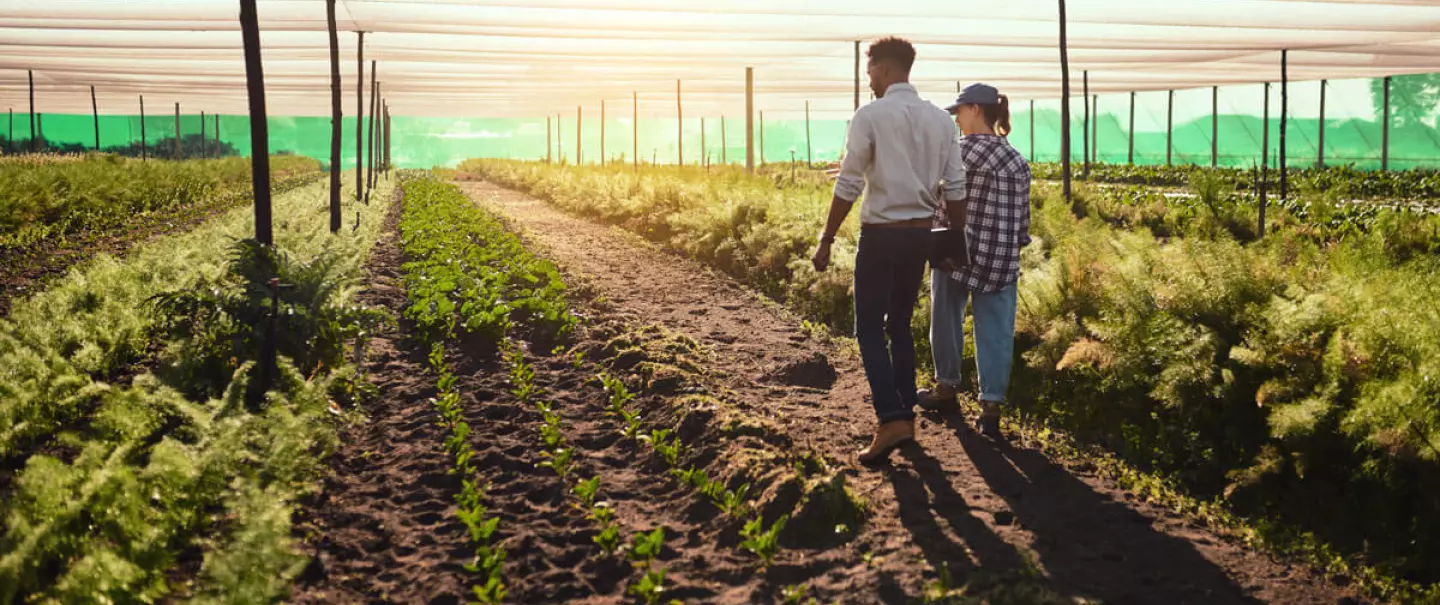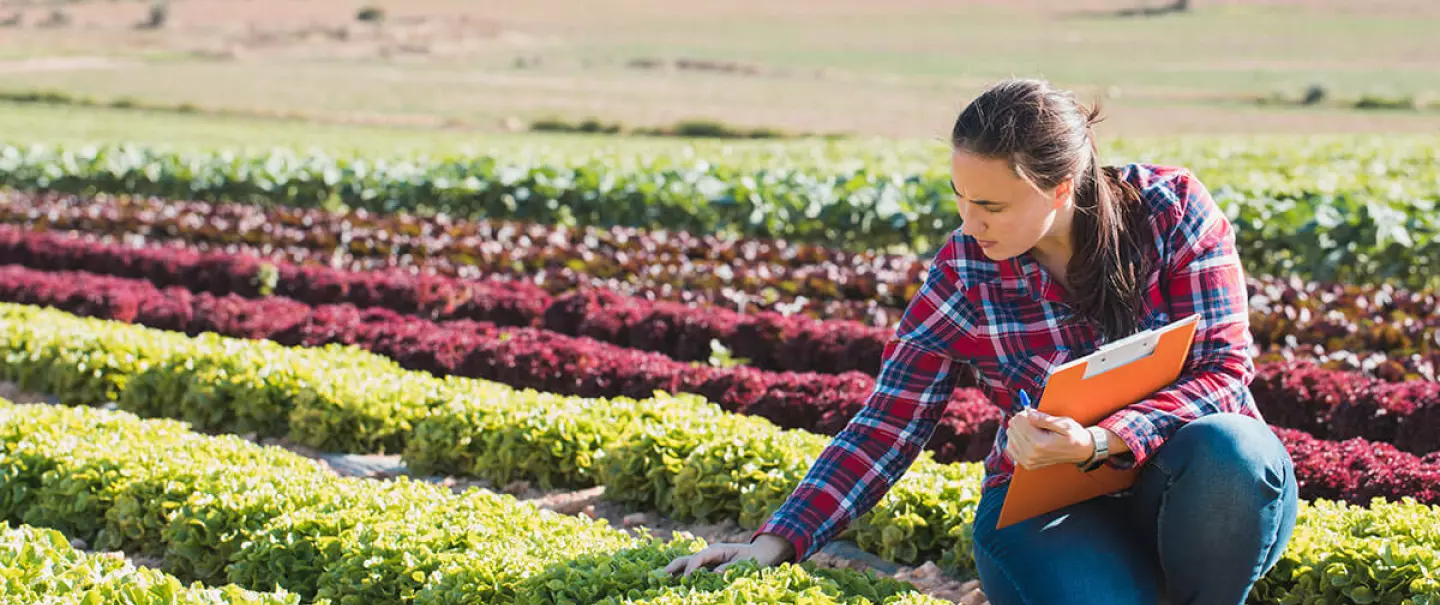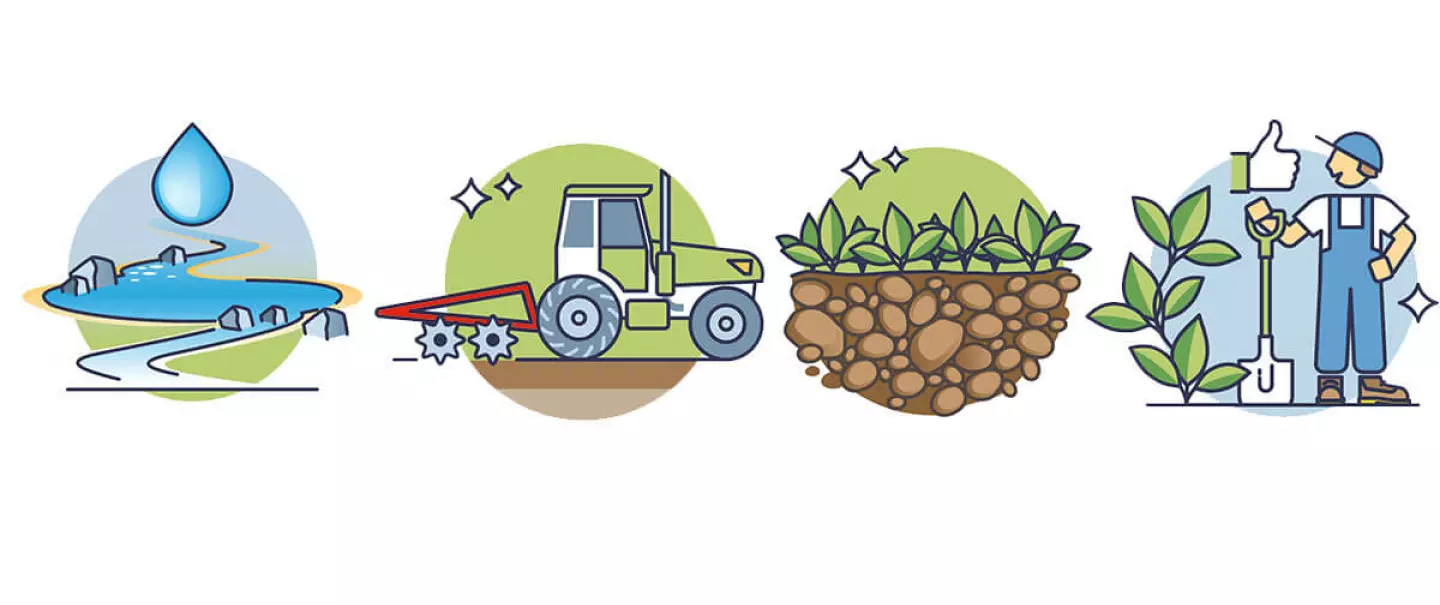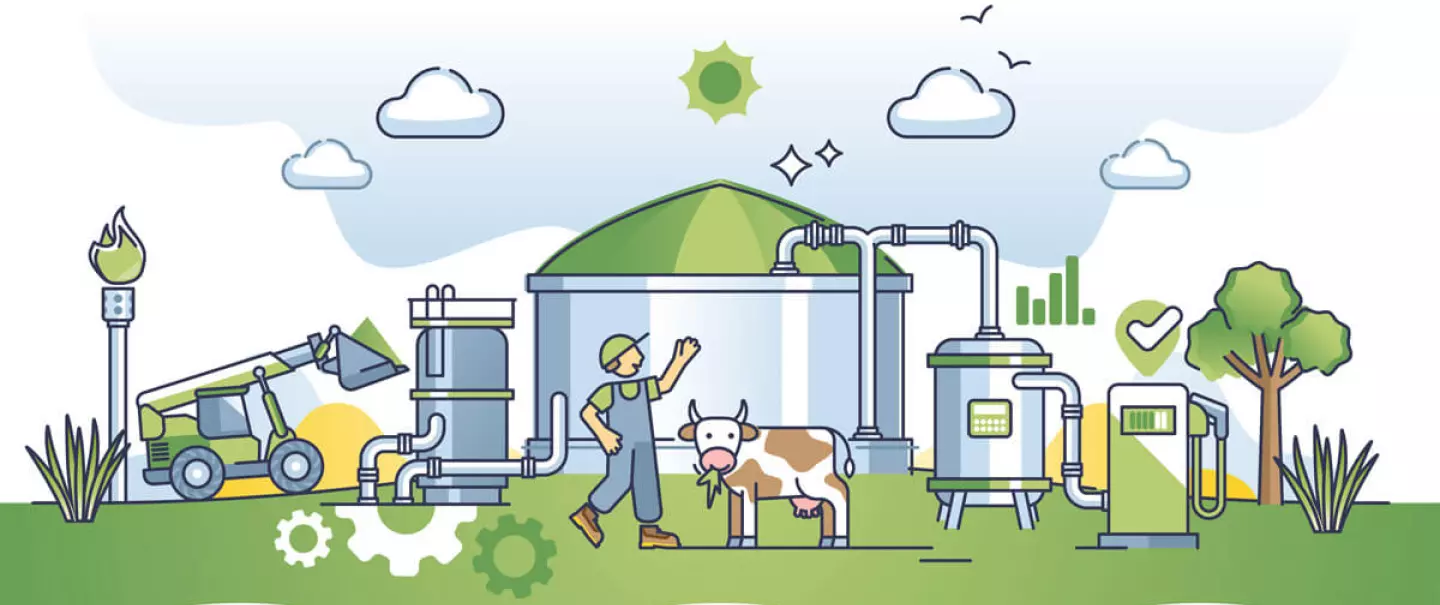
Sustainable agriculture: defining a reasoned model of production
The guiding principles of sustainable development apply to sustainable agriculture: profitability, socially acceptable, and ecologically viable....
Agriculture has evolved considerably over the past century, both in terms of its practices and the number of people working in the sector. Thanks to technological progress, a minority of people now ensure the food security of an entire country. This transition has sometimes had negative, consequences for the ecosystem. However, about forty years ago, the concept of sustainable development spread into the agricultural sector. In response to the impacts of more intensive agriculture, production is no longer merely economic, but also social and environmental. Agriculture is becoming sustainable, but what are the basics of this way of producing?
The most common definition of the notion of sustainable agriculture comes from the United Nations (UN) and the Food and Agriculture Organization (FAO). It is a production method defined according to the 3 fundamental pillars of sustainable development:
This means it’s a sustainable approach to production that can be passed on to future generations.
The challenges of sustainable agriculture are found within the 3 pillars: economic, environmental, and social. Sufficient quantities must be produced to feed an ever-growing population, while respecting the environment, and taking local specifics into account to ensure sustainability over time. The challenge lies in the sometimes-contradictory nature of these three basic rules. Hence the need to think globally about the system, over a longer period of time. Short-term objectives are generally to be avoided when embarking on the path of sustainable agriculture.
The objective of the FAO is to eradicate worldwide hunger by 2030. However, the 2023 Global Food Crisis Report estimated that more than 250 million people were still experiencing acute food insecurity in 2022. According to a United Nations report in 2021, 735 million people were affected by hunger in 2019. There are many reasons for this, such as conflicts, economic crises, and extreme weather conditions. The notion of quality, intrinsic to environmental and social pillars, is intimately linked to the notion of quantity, i.e., agricultural yield, without which the producer could not live, and the population would not be fed.
Intensive farming, organic farming, reasoned farming, conservation farming, permaculture, and family farming are all terms used for methods of agricultural production. But which method is the most sustainable? Which method produces the least greenhouse gases? Which is the most profitable? Which is the healthiest? There are no simple answers, as there are large variations in production systems within each method. However, there are a few universal techniques that attempt to shape the most sustainable agricultural ecosystem.
The FAO proposes a sustainable agriculture indicator. It is based on the percentage of sustainable farms in a given area (Sustainable Development Goals (SDG) indicator). Among the indicator’s criteria, within the 3 main pillars of sustainable agriculture, are:
The calculation method is internationally recognised.
The Economist Intelligence Unit proposes an indicator: the FSI (Food Sustainability Index). It is based on 38 indicators and 95 individual measures. They are divided into 3 categories: food and water waste, farming-method sustainability, and managing industrial issues. Concerning agricultural sustainability, example indicators are: the environmental impact of fertilisers and chemical products, the percentage of organically-farmed land, the percentage of owned farmland, product quality, animal density, crop diversification, biodiversity, agricultural gas emissions, adaptation to climate change, etc. The countries with the best indicators, in 2024, are Finland, Estonia, Austria, and Tanzania.
Committing to sustainable agriculture often involves new techniques and crops which are not necessarily part of local training programmes or working methods. It often requires changing practices, or even a total paradigm shift on the farm. Training and financial support is essential to implementing these changes. Agricultural policies are responding to this considerable challenge with specific support programs. Since 2005, the European Union has been providing financial support to all farmers who meet certain environmental obligations, such as storing carbon in the soil, managing water, protecting the soil, and preventing the deterioration of natural habitats. Since 2013, 30% of aid has been subject to complying with agricultural practices such as preserving permanent grasslands, crop diversification, and safeguarding ecological areas. In 2023, Europe's CAP (Common Agricultural Policy) introduced eco-schemes in which the more environmentally friendly the farm’s practices, the higher the financial reward.
The phenomenal increase in agricultural productivity in the 21st century would not have been possible without the development of machinery, genetically-improved crops, and the use of chemical products. As well as enabling enormous gains in productivity, these technological innovations also made working conditions considerably easier. Today, they are being used more and more develop farm sustainability in order to preserve natural resources. The aim is to reduce inputs, manage jobs and resources more effectively, and implement a global farm strategy, etc. Farm data is becoming an invaluable resource for improving performance across the 3 pillars of sustainable agriculture.
Consumers have a key role to play in encouraging sustainable farming methods. Being more aware of the implications of their purchases, and looking to be reassured, they can opt for “sustainable” purchases, such as eco-friendly products, foods with less packaging, buy less but better, purchase local and seasonal produce, and buy directly from the producer.
Waste management is also becoming a key sustainability issue for consumers and the catering industry. Nearly 570 million tonnes of food are wasted every year, worldwide, representing almost 61% of all food waste. To reduce waste, it is necessary to target the source: excessive buying and poor planning.
Sources:

The guiding principles of sustainable development apply to sustainable agriculture: profitability, socially acceptable, and ecologically viable....

Sustainable agriculture is based on 4 criteria: economic, ecological, societal, and regional. The challenges relate to these criteria. Precisions....

Sustainable agriculture must produce without affecting natural resources. In order to apply this basic principle, it is important to look at the impact of agricultural activity on each natural resourc...

A farm’s performance is often calculated in terms of profit, i.e., to be successful, a farm must be profitable. However, other factors need to be considered in the context of sustainable development. ...
